Insects Could Soon Be on the Space Menu, NASA Scientists Say
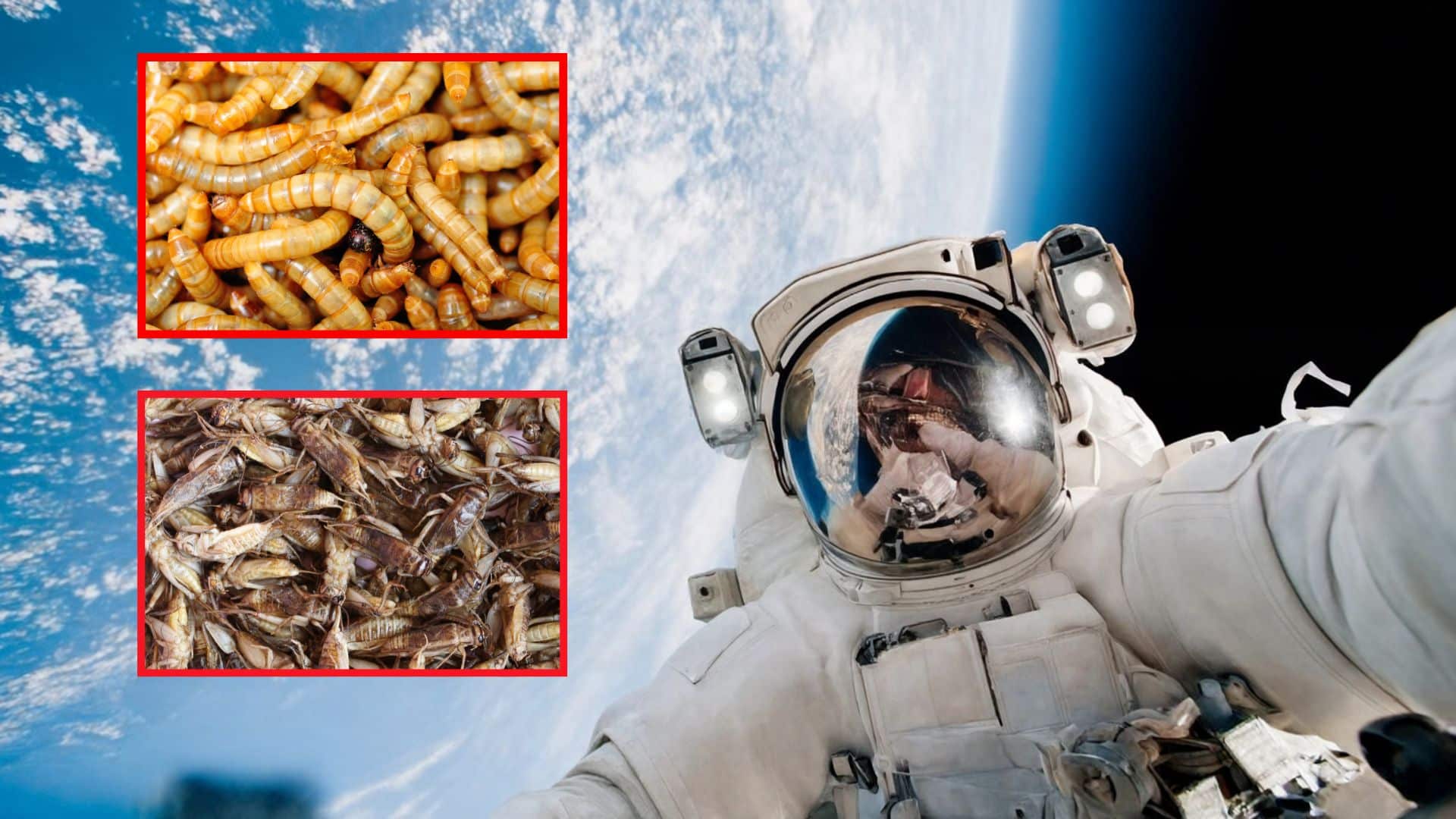

NASA’s next giant leap may come with an unexpected crunch. As space agencies push toward longer missions, researchers are rethinking what astronauts can safely grow, recycle, and eat millions of miles from Earth. What they’re discovering could redefine not only space dining but future food systems back home.
Rethinking Food for Deep-Space Travel
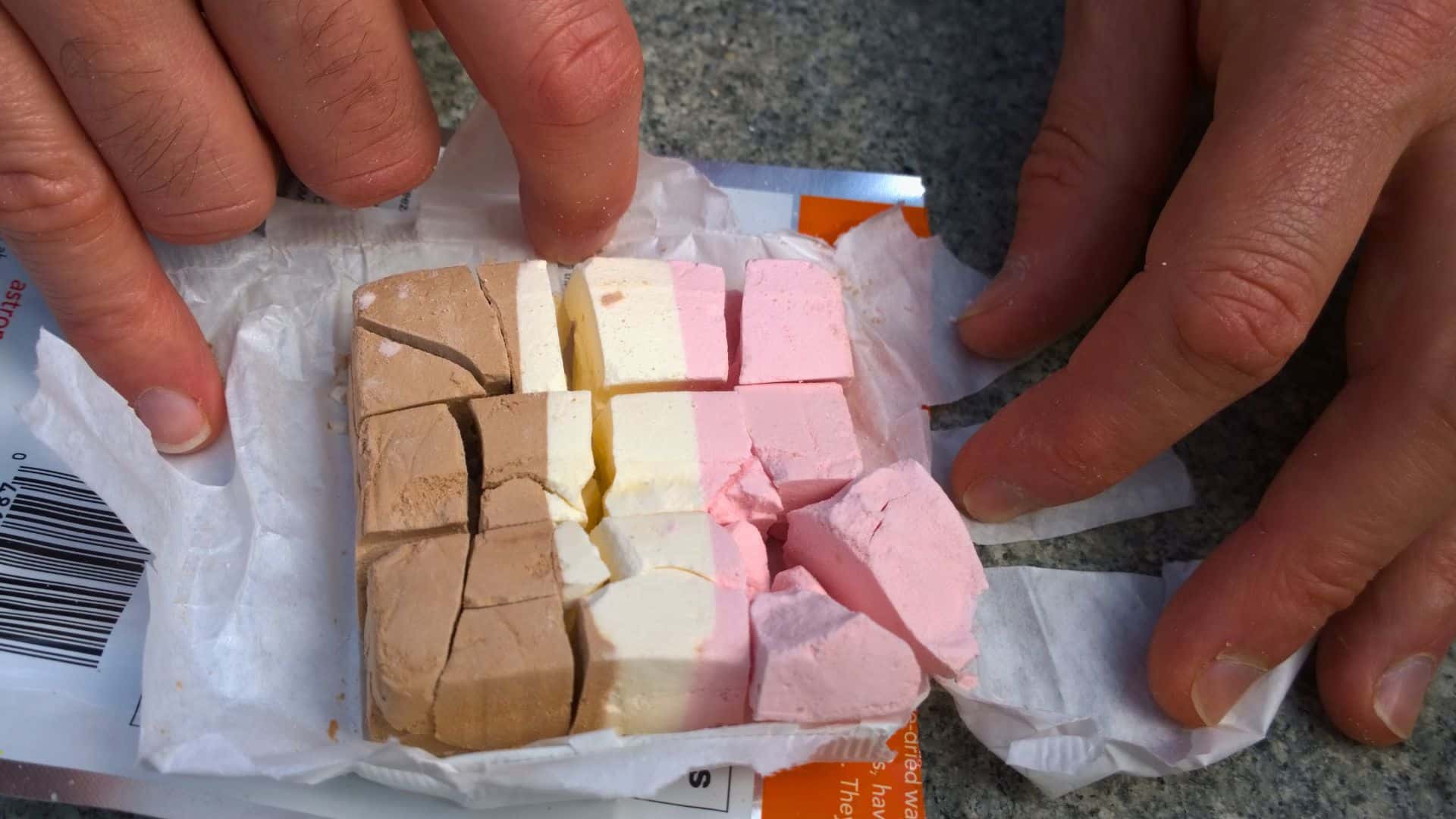
Traditional freeze-dried space foods no longer meet the needs of multi-year journeys. NASA teams now study how to produce nutrient-dense food on board rather than relying solely on resupply missions. Their goal is a menu that fits limited space, supports peak performance, and helps astronauts stay healthy under extreme conditions.
Why Insects Are on NASA’s Radar
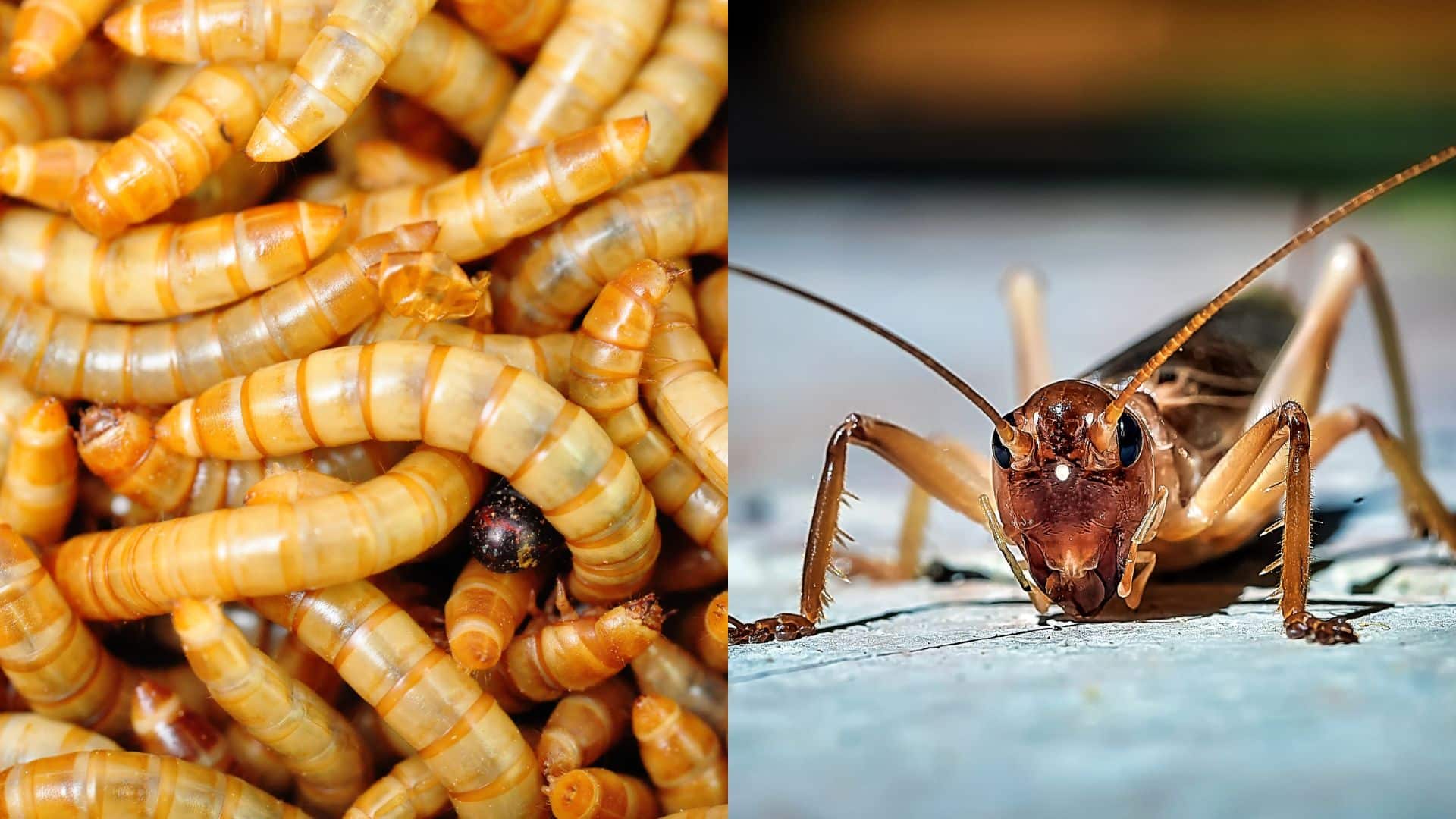
NASA is exploring mealworms and crickets as protein sources ideal for lunar and Martian missions. These insects reproduce quickly and convert waste into edible biomass, making them efficient candidates for closed-loop ecosystems. European Space Agency (ESA) researchers also note that mealworms have protein densities comparable to beef while requiring dramatically fewer resources.
The Science Behind Space Farming

File imagery from NASA’s aquatic invertebrate study shows detailed models for growing small organisms in compact, controlled habitats. Researchers envision insect farms that recycle plant waste, turning every output into a usable input. These mini-ecosystems could operate continuously, generating food without consuming precious water or cargo space.
Nutritional Strength in Small Packages

Mealworms and crickets deliver high levels of protein, iron, and essential amino acids, according to the ESA fact sheet. Crickets offer B vitamins that support energy production, while mealworms supply healthy fats critical for muscle function in microgravity. Their nutrient density means astronauts can consume less while meeting daily requirements.
Microgravity’s Big Unknown

Before insects appear on astronaut menus, researchers must determine how they behave in space. Scientists are testing insect reproduction, nutrient absorption, and life cycles in microgravity—areas where little data exists. Controlled experiments help answer whether crickets or mealworms raised off-planet will match the nutritional profile of those grown on Earth.
Ensuring Safety and Scientific Accuracy

Files from NASA’s invertebrate study show rigorous testing protocols meant to verify every step of production. Researchers monitor microbial risks, track how processing affects nutrients, and compare insect-based products to baseline Earth samples. These cross-checks ensure that the food astronauts consume meets medical, nutritional, and safety standards even when produced far from home.
Challenges in Adapting Insects to Human Palates
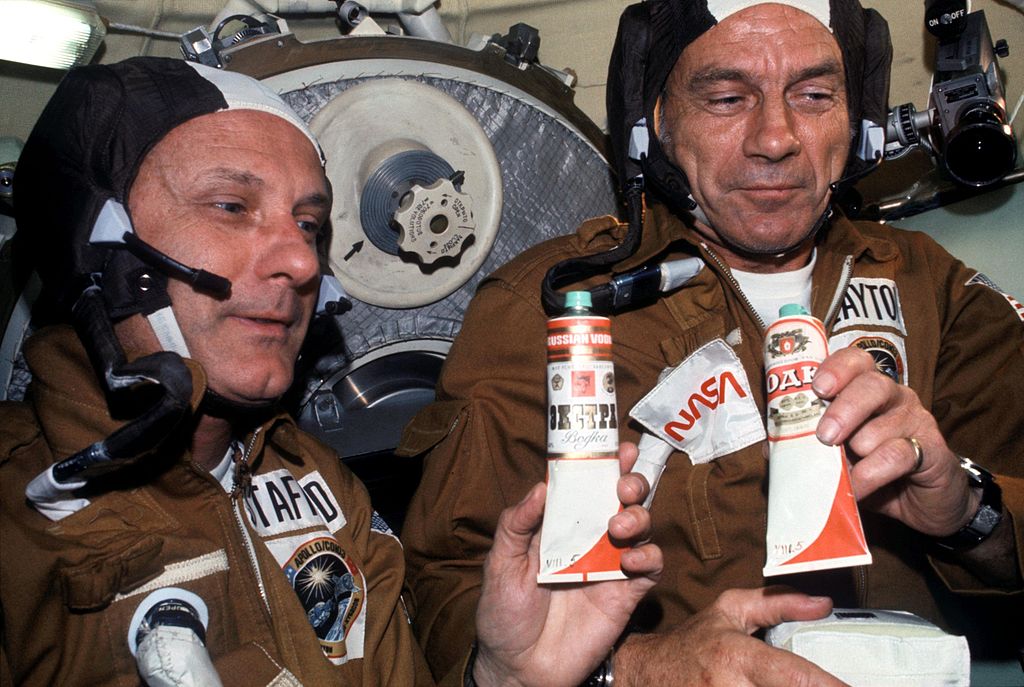
Psychological barriers remain one of NASA’s biggest hurdles. Many astronauts come from cultures where insect consumption is rare, and whole-insect meals may be a step too far. Research centers are experimenting with transforming insects into flours, bars, and pastes to make the idea more approachable. Early prototypes already resemble familiar snacks rather than whole crickets.
Sustainability Benefits Beyond Space
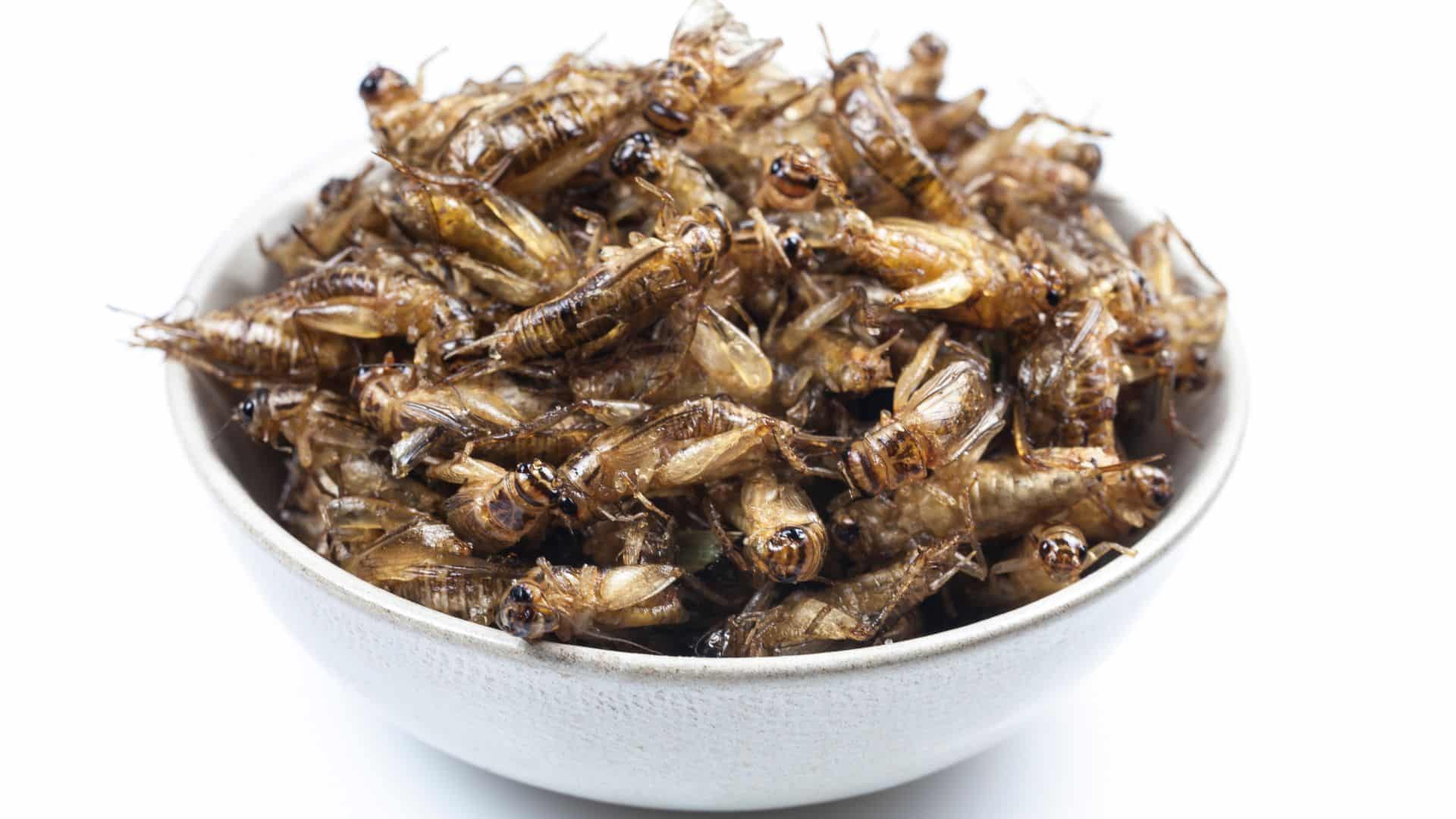
NASA and ESA scientists note that insect farming uses far less land and water than traditional livestock production. Techniques perfected for space missions could later help feed communities in resource-scarce regions of Earth. What begins as a necessity for astronauts may ultimately shape mainstream food production.
What the Future Space Menu Could Look Like

If studies continue to succeed, tomorrow’s astronauts might eat breads fortified with cricket flour, soups thickened with mealworm paste, or protein bars made from processed invertebrates. The files show experimental recipes already being tested, offering early glimpses of meals designed for life beyond Earth.
